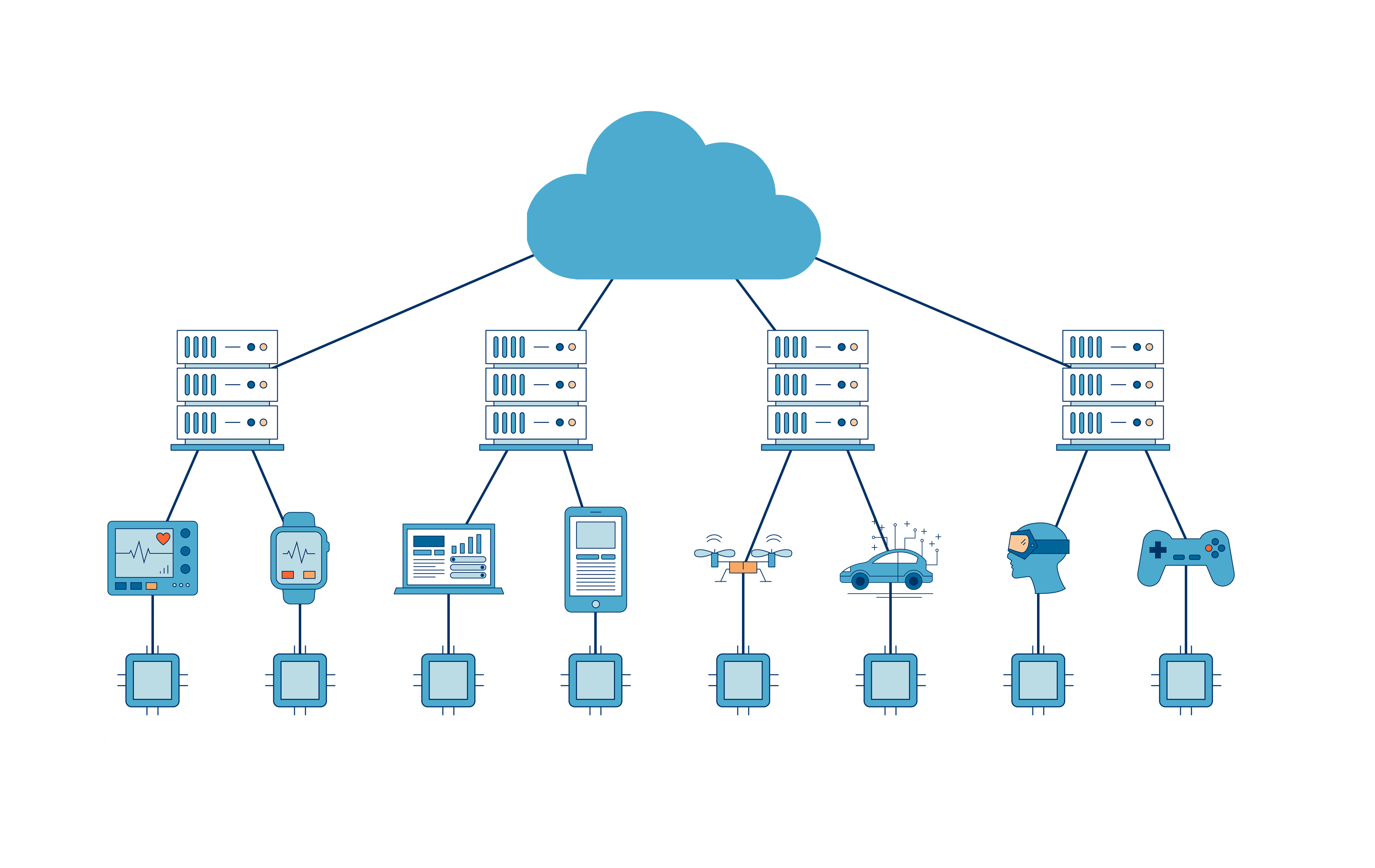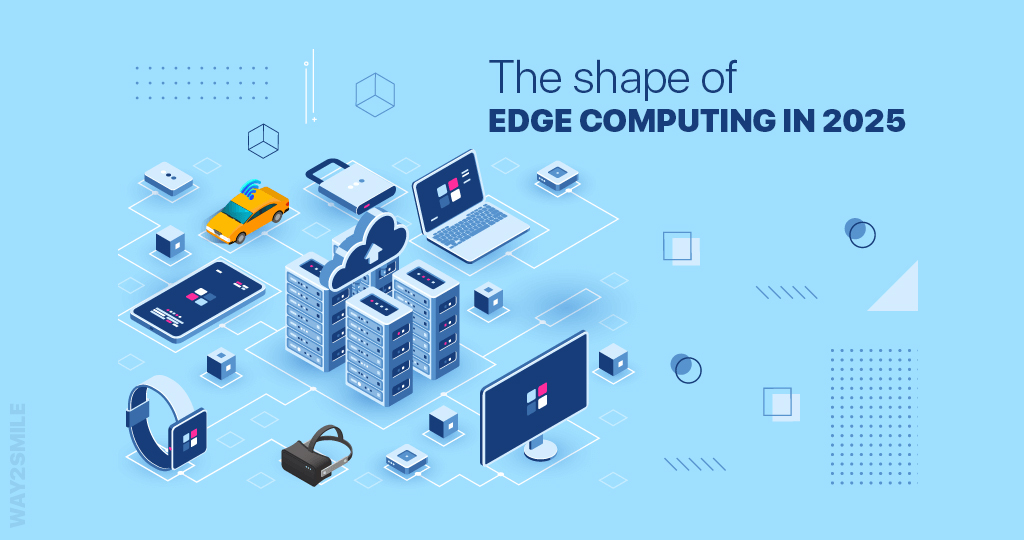What new : edge computing 2025

#image_title
The future of technology is looking bright as more and more companies are exploring the potential of edge computing. With the rise of IoT devices and the need for real-time data analysis, edge computing is set to revolutionize the way we interact with technology. In this post, we’ll take a closer look at the shape of edge computing in 2025, exploring its potential applications and the impact it could have on our daily lives.
What is Edge Computing?
Edge computing is a distributed computing model that brings computation and data storage closer to the location where it is needed. Rather than relying on a central data center, edge computing involves placing processing and storage capabilities at the edge of the network, closer to the source of the data. This approach enables real-time processing and analysis of data, which is especially important in applications that require low latency and high bandwidth.
The Potential Applications of Edge Computing
The potential applications of edge computing are vast, with companies from a wide range of industries exploring the technology’s potential. Here are just a few examples of how edge computing is being used today:
Smart City Infrastructure
Edge computing is being used to power smart city infrastructure, enabling cities to gather, process, and analyze data from sensors and other IoT devices in real-time. This capability allows city officials to make data-driven decisions on everything from traffic management to public safety.

Precision Agriculture
Edge computing is also being used in precision agriculture, enabling farmers to gather and analyze data from sensors placed in their fields. This data can be used to optimize crop yields and reduce waste, improving both productivity and sustainability.

Industrial IoT
Edge computing is also being used in industrial IoT applications, enabling real-time analysis of sensor data to optimize production efficiency and reduce downtime. By processing data closer to the source, industrial companies can make faster and more accurate decisions, reducing waste and increasing profits.
The Future of Edge Computing
The future of edge computing is looking extremely bright, with the technology poised to play a major role in the digital transformation of many industries. Here are just a few of the key trends that are shaping the future of edge computing:
Increased Adoption
As the benefits of edge computing become more widely understood, we can expect to see increased adoption of the technology across a wide range of industries. This adoption will be driven by the need for real-time data analysis and the increasing availability of low-cost IoT devices.
Edge Intelligence
As edge computing becomes more widespread, we can expect to see the development of more advanced edge intelligence capabilities. These capabilities will enable devices at the edge of the network to make more autonomous decisions, reducing the need for central processing and increasing the efficiency of the overall system.
Security
As with any new technology, security will be a key concern for edge computing. Companies will need to develop robust security protocols to ensure that sensitive data is protected at all times. This will require a combination of hardware and software solutions, as well as best practices for data management and access control.
Standardization
As the adoption of edge computing grows, there will be a need for standardized protocols to ensure interoperability between different devices and systems. Standardization will be key to ensuring that edge computing can be deployed at scale across a wide range of applications.
Conclusion
The shape of edge computing in 2025 is exciting, with the potential to revolutionize the way we interact with technology. From smart city infrastructure to precision agriculture and industrial IoT, edge computing is set to play a major role in the digital transformation of many industries. As the technology continues to evolve, we can expect to see increased adoption, more advanced edge intelligence capabilities, improved security protocols, and standardization across the industry. The future of edge computing is bright, and we’re excited to see where it will take us.

Source image : www.way2smile.com

Source image : www.way2smile.com

Source image : venturebeat.com


